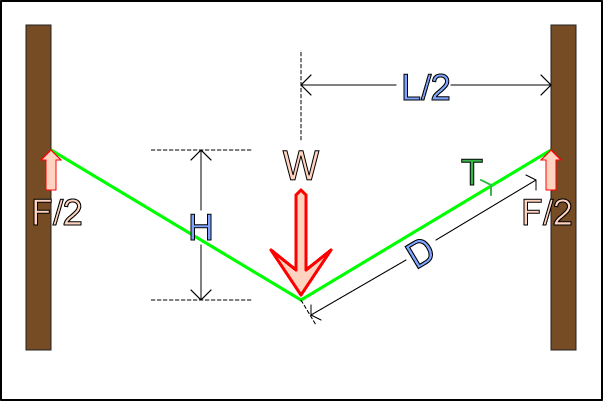

The speed of the wave can be found from the linear density and the tension v = F T μ.For waves to travel through the low E string at the same wave speed as the high E, would the tension need to be larger or smaller than the high E string? What would be the approximate tension? (c) Calculate the tension of the low E string needed for the same wave speed. (a) If the high E string is plucked, producing a wave in the string, what is the speed of the wave if the tension of the string is 56.40 N? (b) The linear density of the low E string is approximately 20 times greater than that of the high E string. On a six-string guitar, the high E string has a linear density of μ High E = 3.09 × 10 −4 kg/m μ High E = 3.09 × 10 −4 kg/m and the low E string has a linear density of μ Low E = 5.78 × 10 −3 kg/m.

Therefore, F 1 F T F 1 F T is equal to the negative slope of the string at x 1 x 1 and F 2 F T F 2 F T is equal to the slope of the string at x 2 : x 2 : The tan θ tan θ is equal to the slope of a function at a point, which is equal to the partial derivative of y with respect to x at that point. To obtain the y-components of the force, note that tan θ 1 = − F 1 F T tan θ 1 = − F 1 F T and tan θ 2 = F 2 F T. The magnitude of the x-component of the force is equal to the horizontal force of tension of the string F T F T as shown in Figure 16.14. The x-components of the force of tension cancel, so the net force is equal to the sum of the y-components of the force. The net force on the element of the string, acting parallel to the string, is the sum of the tension in the string and the restoring force. The mass element is at rest and in equilibrium and the force of tension of either side of the mass element is equal and opposite.įigure 16.14 A string under tension is plucked, causing a pulse to move along the string in the positive x-direction.Īssume that the inclination of the displaced string with respect to the horizontal axis is small. Consider a small element of the string with a mass equal to Δ m = μ Δ x. When the taut string is at rest at the equilibrium position, the tension in the string F T F T is constant. To see how the speed of a wave on a string depends on the tension and the linear density, consider a pulse sent down a taut string ( Figure 16.13). For the guitar, the linear density of the string and the tension in the string determine the speed of the waves in the string and the frequency of the sound produced is proportional to the wave speed.

The tension of the strings is adjusted by turning spindles, called the tuning pegs, around which the strings are wrapped. The guitar also has a method to change the tension of the strings. If a 1.00-mm section is cut from the string, the mass of the 1.00-mm length is Δ m = μ Δ x = ( 0.03 kg m ) 0.001 m = 3.00 × 10 −5 kg. For example, if the string has a length of 2.00 m and a mass of 0.06 kg, then the linear density is μ = 0.06 kg 2.00 m = 0.03 kg m. If the linear density is constant, then the mass ( Δ m ) ( Δ m ) of a small length of string ( Δ x ) ( Δ x ) is Δ m = μ Δ x. In this chapter, we consider only strings with a constant linear density.


 0 kommentar(er)
0 kommentar(er)
